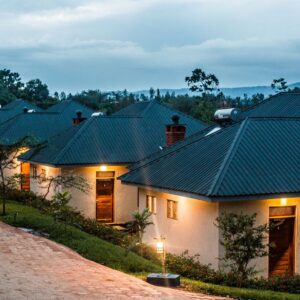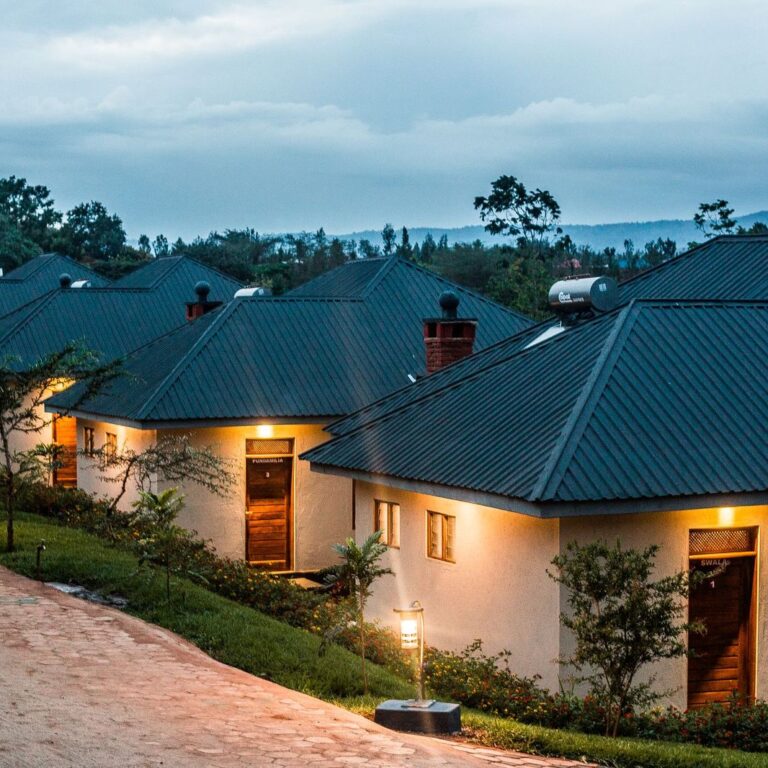Can You Climb Mount Kilimanjaro As A Solo Climber
Embarking on a solo expedition up and expect on how can you climb Kilimanjaro Solo, the majestic and awe-inspiring peak in Tanzania, is a thrilling prospect that ignites the spirit of adventure within many intrepid souls. The allure of conquering Africa\’s highest summit alone, surrounded by the breathtaking beauty of nature, can be an exhilarating and life-changing experience. But before you embark on this remarkable journey, it is essential to delve into the intricacies and considerations of climbing Kilimanjaro solo.
Understanding the Challenges of Solo Climbing
Climbing Kilimanjaro solo presents a unique set of challenges that differ from the experience of climbing with a group or a guided tour. It demands careful planning, physical and mental preparation, and a thorough understanding of the risks involved. Let’s delve deeper into these aspects to help you make an informed decision.
Planning and Preparation
Embarking on a solo climb requires meticulous planning. You are responsible for organizing permits, obtaining the necessary gear, arranging transportation, and designing a detailed itinerary. Extensive research and preparation are crucial to ensure a safe and successful ascent.
Physical and Mental Fitness
Scaling Kilimanjaro is a demanding feat, even with a group. However, undertaking the journey solo places additional emphasis on physical and mental fitness. You need to be in excellent health, with a focus on cardiovascular endurance, strength training, and altitude acclimatization. Mental resilience is equally vital as you navigate the physical challenges and solitude of the climb.
Safety Considerations
Safety should be a paramount concern when climbing Kilimanjaro alone. Without a support system in place, it is crucial to be well-versed in mountain safety protocols, emergency procedures, and self-rescue techniques. Assessing your abilities honestly and being prepared for potential risks are essential steps in ensuring your well-being throughout the expedition.
Benefits of Climbing Kilimanjaro Solo
While the challenges of solo climbing are evident, there are also several unique advantages to undertaking this adventure independently.
Complete Freedom and Flexibility
Embarking on a solo climb provides unparalleled freedom and flexibility. You have the autonomy to set your own pace, choose your preferred route, and indulge in moments of solitude amidst the stunning landscapes. This sense of independence allows for a deeply personal and introspective experience.
Immersive Connection with Nature
Kilimanjaro’s natural beauty and awe-inspiring vistas are best experienced through a solitary lens. With no distractions or external influences, you can immerse yourself fully in the serenity of the mountain, allowing its magnificence to unfold before you. The uninterrupted communion with nature can be profoundly transformative.
Personal Growth and Self-Discovery
Solo climbing demands self-reliance and self-discovery. It presents a unique opportunity for personal growth as you navigate the physical and mental challenges, push your boundaries, and triumph over obstacles. The journey can inspire resilience, boost confidence, and foster a profound sense of accomplishment.
Essential Tips for Climbing Kilimanjaro Solo
To ensure a successful solo climb up Kilimanjaro, consider the following tips:
Thorough Research
Study the different routes, climatic conditions, and logistical requirements meticulously to make informed decisions.
Physical Training
Engage in a comprehensive training program that includes cardiovascular exercises, strength training, and altitude acclimatization.
Mental Preparation
Cultivate mental resilience, positivity, and determination to overcome the physical and mental challenges that lie ahead.
Safety Measures
Familiarize yourself with mountain safety protocols, emergency procedures, and essential first aid skills.
Proper Gear: Invest in high-quality gear and equipment suitable for the climb. Acclimatization: Allow sufficient time for acclimatization during the ascent. Gradual progression and rest days at specific altitudes are crucial to minimize the risk of altitude-related illnesses.
Pack Light
Pack efficiently and only bring essential items to reduce the weight of your backpack. Remember that you’ll be carrying everything yourself throughout the climb. Hydration and Nutrition: Stay well-hydrated by drinking plenty of water and maintaining a balanced diet. Proper nutrition and hydration are essential for sustaining energy and promoting overall well-being during the climb.
Sleeping Gear
Invest in a high-quality sleeping bag and pad to ensure a comfortable and restful night’s sleep in the mountain’s challenging conditions. Navigational Skills: Brush up on your navigational skills and carry a map, compass, or GPS device to navigate the trails confidently.
Leave No Trace: Practice responsible tourism by adhering to the principles of “Leave No Trace.” Respect the environment, dispose of waste properly, and avoid damaging the natural surroundings.
Physical Limitations: Be aware of your physical limitations and listen to your body. Pace yourself accordingly, taking breaks as needed, to prevent exhaustion or overexertion.
Weather Awareness: Stay informed about the weather conditions and be prepared for sudden changes. Dress in layers to accommodate temperature variations and protect yourself from extreme weather elements.
Communication: Inform someone trustworthy about your solo climb and maintain regular communication with them. Provide them with your itinerary and check-in at designated intervals.
Perseverance and Patience: Climbing Kilimanjaro solo can be physically and mentally demanding. Embrace perseverance and patience as you face the challenges along the way. Stay focused on your goal and maintain a positive mindset Kilimanjaro Treks for Solo Traveler’s.
By following these essential tips, you can enhance your chances of a successful and rewarding solo climb up Mount Kilimanjaro.
FAQs about Climbing Kilimanjaro Solo
Is it possible to climb Kilimanjaro independently? A straightforward answer to that question is NO! It is illegal to explore Kilimanjaro independently without a guide. Unlike many other treks, it is not possible to just turn up at the foot of Kilimanjaro with a backpack and camping gear and head up the mountain.
Can you climb Kilimanjaro solo without any prior climbing experience?
While prior climbing experience is not mandatory, it is highly recommended. Kilimanjaro is a challenging mountain, and having some experience in mountaineering, trekking, or high-altitude hiking will significantly increase your chances of a successful solo climb.
How do I prepare physically for a solo climb?
Physical preparation is crucial for a successful solo climb. Engage in regular cardiovascular exercises like running, hiking, or cycling to improve your endurance. Strength training, especially focusing on your legs, will help you tackle the steep slopes of Kilimanjaro. It is also beneficial to go on practice hikes with a weighted backpack to simulate the conditions you will encounter on the mountain.
Do I need permits to climb Kilimanjaro solo?
Yes, permits are required to climb Kilimanjaro, regardless of whether you’re climbing solo or as part of a group. You need to obtain a permit from the Kilimanjaro National Park Authority or through a licensed tour operator. It is recommended to arrange your permit well in advance to secure your spot and ensure a smooth solo climb.
Is it safe to climb Kilimanjaro solo?
Solo climbing Kilimanjaro comes with inherent risks, primarily related to altitude sickness, navigation challenges, and emergencies. It is crucial to assess your physical fitness, mental preparedness, and mountaineering skills honestly. Consider hiring a qualified guide or joining a group climb if you’re unsure about tackling the mountain alone. Their expertise and support can enhance safety and mitigate potential risks.
What are the most suitable routes for a solo climb?
Several routes lead to the summit of Kilimanjaro, each with its own characteristics and difficulty levels. The Marangu and Rongai routes are popular choices for solo climbers due to their relatively well-defined paths. The Machame and Lemosho routes, although more challenging, also offer solitude and beautiful scenery. Research the routes thoroughly and choose one that aligns with your skill level and preferences.
How much does it cost to climb Kilimanjaro solo?
The cost of a solo climb varies depending on several factors, such as the chosen route, the duration of the climb, and the level of support and services you require. On average, a solo climb can range from $2,500 to $5,000, including permits, guides, accommodation, meals, and equipment. It’s essential to budget accordingly and factor in additional expenses such as flights, travel insurance, and gear rental if needed.
Conclusion: Climb Mount Kilimanjaro as a Solo Traveler
Climbing Kilimanjaro solo is a remarkable adventure that requires careful consideration and preparation. While it is technically possible to undertake this journey alone, it\’s crucial to evaluate your skills, experience, and comfort level with the risks involved. Solo climbing offers freedom, personal growth, and a unique connection with nature but also entails additional challenges and responsibilities. Whether you choose to climb Kilimanjaro solo or opt for a guided expedition, remember to prioritize safety, respect the mountain, and embrace the awe-inspiring experience that awaits you. TripAdvisor Reviews.







